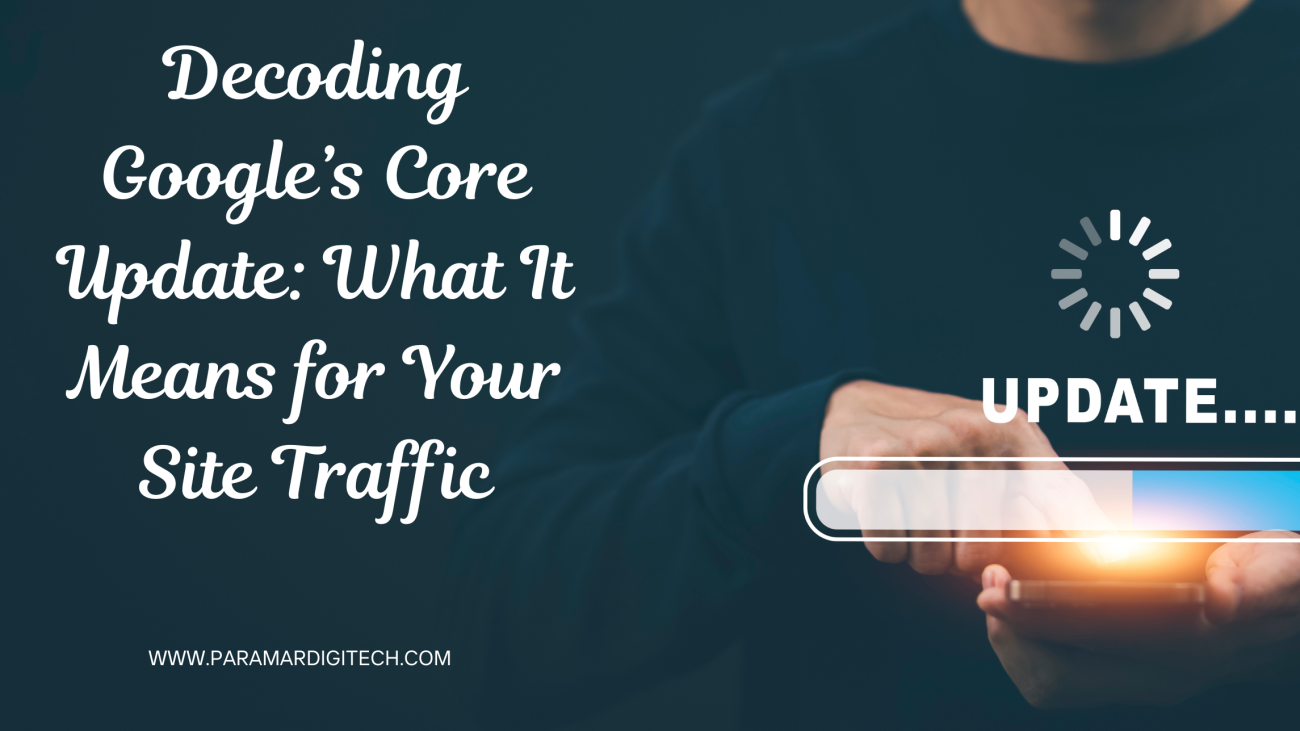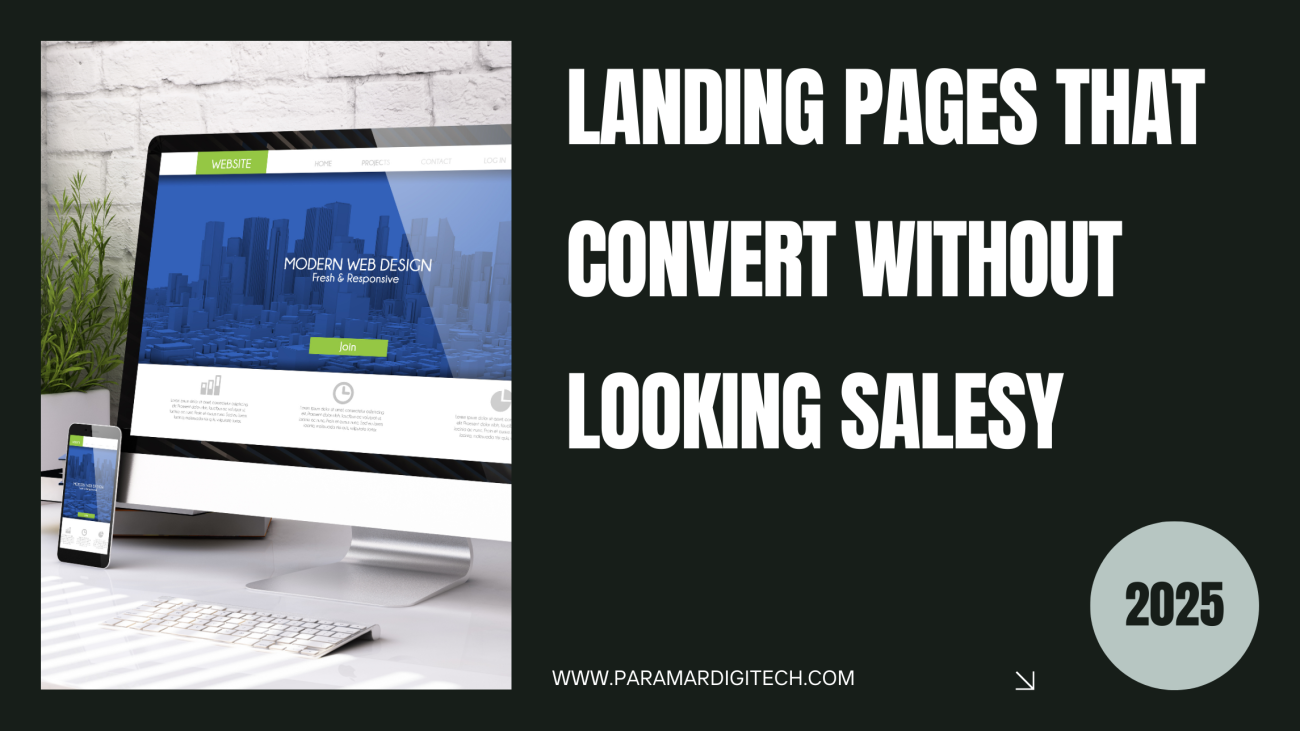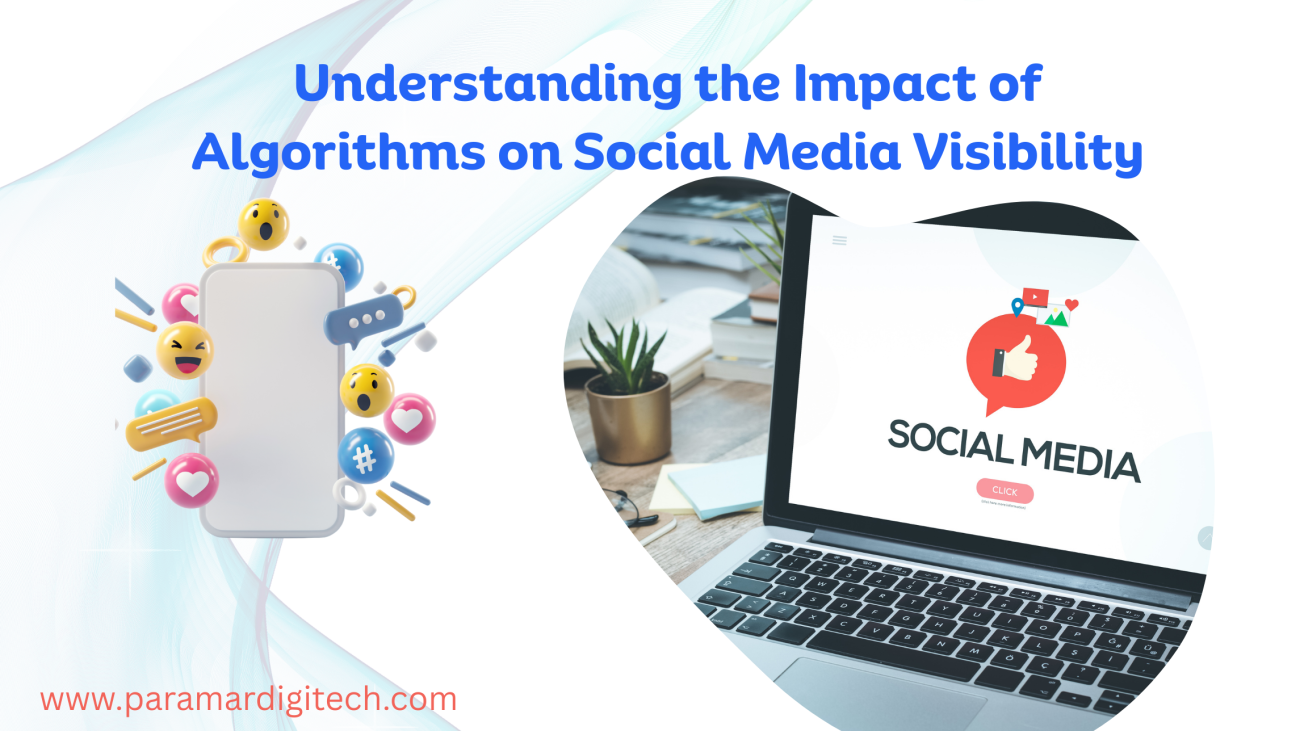Every few months, Google rolls out a Core Update that changes how websites are ranked in search results. For business owners, marketers, and consultants, these updates can feel like earthquakes—shaking up traffic, rankings, and overall visibility. Whether you’re working in digital marketing in Hubli, scaling campaigns with digital marketing in Dubai, or advising leaders through political consultancy in India, understanding these updates is critical to staying ahead in the digital game.
In this blog, we’ll break down what Google’s core updates are, how they affect your site traffic, and strategies to adapt without losing momentum.
What Is a Google Core Update?
A Core Update is a broad change to Google’s search algorithms. Unlike minor updates that fix technical glitches, core updates redefine what quality and relevance mean to Google. The goal is simple: deliver better results to users.
But for businesses, these updates often lead to:
- Fluctuations in keyword rankings.
- Sudden drops or gains in organic traffic.
- Shifts in how competitors are positioned.
For example, a local company doing digital marketing in Hubli may suddenly notice its blogs ranking lower, while a competitor in the same region jumps to the top. The update doesn’t target specific sites—it redefines the rules for everyone.
Why Core Updates Matter for Businesses
1. Traffic Volatility
Core updates can increase or decrease traffic dramatically. An agency focusing on digital marketing in Dubai may see a 40% increase if their content aligns with Google’s new standards—or face the opposite if it doesn’t.
2. Impact on Lead Generation
For political consultancy in India, rankings matter during election seasons. A dip in traffic can mean fewer inquiries, while a boost can significantly influence outreach campaigns.
3. Credibility and Visibility
Higher rankings are not just about traffic; they build credibility. If your site loses ground, your competitors look more trustworthy in the eyes of potential clients.
Key Areas Google Focuses On
Google’s updates often revolve around the E-E-A-T principle:
- Experience: Does the content reflect real-world knowledge?
- Expertise: Is the author credible in their field?
- Authoritativeness: Do other trusted sites reference your content?
- Trustworthiness: Is your website secure, accurate, and reliable?
For example:
- A blog on digital marketing in Hubli should feature case studies or real examples to demonstrate experience.
- Content on digital marketing in Dubai must reflect global expertise and local market insights.
- Articles on political consultancy in India need authoritative references, not just generic statements.
How to Adapt to Core Updates
1. Audit Your Content
Look at which pages gained or lost traffic. Update outdated blogs, fix broken links, and add fresh insights.
2. Prioritize User Intent
Google prioritizes content that solves user problems. Instead of stuffing keywords like “digital marketing in Dubai”, frame your content around user queries: “How can digital marketing in Dubai help startups grow?”
3. Improve Content Depth
Shallow articles don’t perform well. Add depth with:
- Statistics.
- Expert quotes.
- Local examples.
For instance, if you’re offering digital marketing in Hubli, explain local business challenges and how digital solutions address them.
4. Strengthen Technical SEO
Site speed, mobile responsiveness, and structured data matter more than ever. Even the best content can lose rankings if your site is slow or poorly designed.
5. Encourage Reviews and Mentions
User reviews, backlinks, and social proof add authority. For political consultancy in India, featuring testimonials from past campaigns builds trust.
Case Scenarios
Digital Marketing in Hubli
A small agency in Hubli might notice a dip in blog traffic after a core update. By adding client success stories, using local SEO, and updating old blogs, they can recover rankings.
Digital Marketing in Dubai
Dubai’s competitive landscape means agencies need global-standard SEO. After an update, agencies focusing on multilingual content and region-specific insights are more likely to retain their visibility.
Political Consultancy in India
For consultants, credibility is everything. After an update, only those offering authentic, data-backed strategies with case studies will rank well.
Tools to Monitor Core Update Impact
- Google Analytics: Track traffic changes in real time.
- Google Search Console: See keyword fluctuations.
- SEMrush or Ahrefs: Compare your performance with competitors.
By analyzing patterns, businesses can adjust strategies quickly instead of waiting for long-term losses.
The Future of Core Updates
Google will continue refining its algorithms with a strong focus on user-first content. AI, voice search, and local SEO signals will shape future updates. Businesses in digital marketing in Hubli, digital marketing in Dubai, and political consultancy in India must invest in authentic storytelling, quality research, and technical excellence.
Final Thoughts
Google’s Core Updates aren’t punishments—they’re reminders to keep improving. If you’ve been hit, don’t panic. Instead, see it as a signal to:
- Audit your content.
- Enhance user experience.
- Build authority and trust.
Whether you’re a regional expert in digital marketing in Hubli, competing on the global stage with digital marketing in Dubai, or shaping narratives with political consultancy in India, staying proactive ensures you not only survive but thrive after every update.
In short: Core updates are part of the SEO game. Brands that focus on authentic, helpful, and user-centered content will always come out on top.



